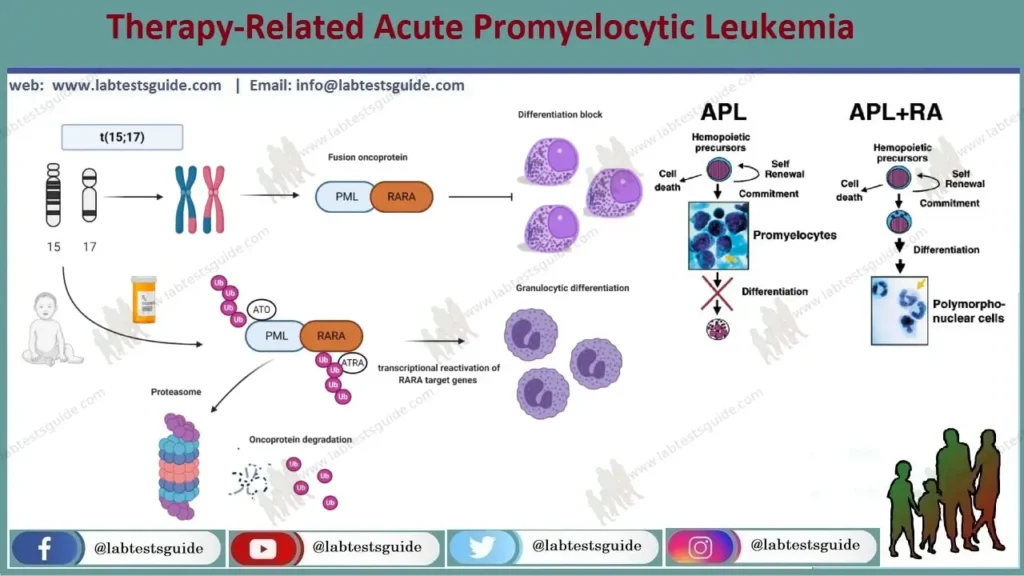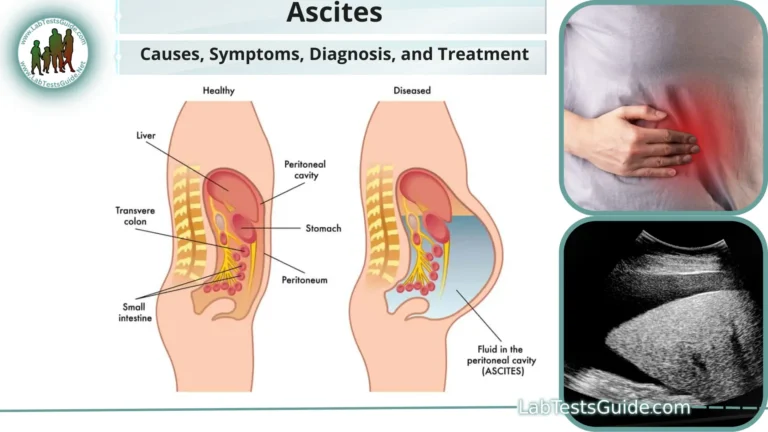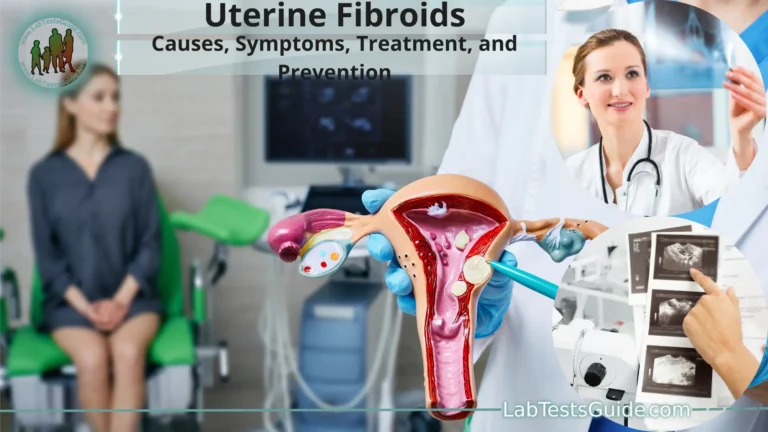Acute promyelocytic leukemia (APL) occurs infrequently after exposure to cytotoxic drugs or ionizing radiation as a therapy-related myeloid neoplasm (t-MN), classified as therapy-related APL (t-APL). However, the clinical and pathologic features of t-APL closely resemble those of de novo APL, and t-APL is associated with a similar favorable prognosis. Research on the molecular pathogenesis of t-APL has revealed new mechanisms of leukemogenesis and consequently has provided insights into the de novo development of APL. This chapter will cover features of the disease, pathogenesis, treatment options, and t-APL results.

Leukemias List
- APML – Acute Promyelocytic Leukemia
- AGL – Acute Granulocytic Leukemia
- ALL – Acute Lymphatic Leukemia
- ALL – Acute Lymphocytic Leukemia
- AMEL – Acute Megakaryoblastic Leukemia
- AMML – Acute Myelomonocytic Leukemia
- AML – Acute Monocytic Leukemia
- AML – Acute Myeloblastic Leukemia
- AML – Acute Myelogenous Leukemia
- AML – Acute Myeloid Leukemia
- APL – Acute Promyelocytic Leukemia
- AMOL – Acute Monocytic Leukemia
- AUL – Acute Undifferentiated Leukemia
- tAPL – Therapy-Related Acute Promyelocytic Leukemia
- ABL – Acute Basophilic Leukemia
- ABL – Acute Biphenotypic Leukemia
- M3 – acute promyelocytic leukemia
- t-APL – therapy-related acute promyelocytic leukemia
- AProL – acute promyelocytic leukemia
Signs and symptoms:
The general signs and symptoms of early acute myelogenous leukemia may resemble the flu or other common illnesses.
Signs and symptoms of acute myelogenous leukemia include:
- Fever
- Bone-ache
- lethargy and fatigue
- Difficulty breathing
- Pale skin
- frequent infections
- bruises easily
- Unusual bleeding, such as frequent nosebleeds and bleeding gums
Causes:
Acute myelogenous leukemia occurs when a bone marrow cell develops changes (mutations) in its genetic material, or DNA. A cell’s DNA contains the instructions that tell it what to do. Normally, the DNA tells the cell to grow at a certain rate and to die at a certain time. In acute myelogenous leukemia, the mutations tell the bone marrow cell to continue growing and dividing.
When this happens, blood cell production goes out of control. The bone marrow produces immature cells that develop into leukemic white blood cells called myeloblasts. These abnormal cells cannot function properly and can build up and crowd out healthy cells.
It’s not clear what causes the DNA mutations that lead to leukemia, but doctors have identified factors that increase risk.
Risk factor’s:
Factors that may increase your risk of acute myelogenous leukemia (AML) include:
- Growing age. The risk of acute myelogenous leukemia increases with age. Acute myelogenous leukemia is most common in adults 65 years of age and older.
- Your Sex. Men are more likely to develop acute myelogenous leukemia than women.
- Previous cancer treatment. People who have received certain types of chemotherapy and radiation therapy may be at higher risk of developing AML.
- Exposure to radiation. People exposed to very high levels of radiation, such as survivors of a nuclear reactor accident, are at increased risk of developing AML.
- Hazardous chemical exposure. Exposure to certain chemicals, such as benzene, is linked to an increased risk of AML.
- Of smoking. AML is related to cigarette smoke, which contains benzene and other known cancer-causing chemicals.
- Other blood disorders. People who have had another blood disorder, such as myelodysplasia, myelofibrosis, polycythemia vera, or thrombocythemia, are at increased risk of developing AML.
- Genetic disorders. Certain genetic disorders, such as Down syndrome, are associated with an increased risk of AML.
Diagnosis:
The initial laboratory workup of acute promyelocytic leukemia (APL) should include the following:
- Complete blood cell (CBC) count with differential
- Peripheral blood smear
- Comprehensive metabolic profile for baseline renal and liver function tests,
- Electrolyte levels
- Prothrombin time (PT) and activated partial thromboplastin time (aPTT)
- Fibrinogen assay
Possible References Used





